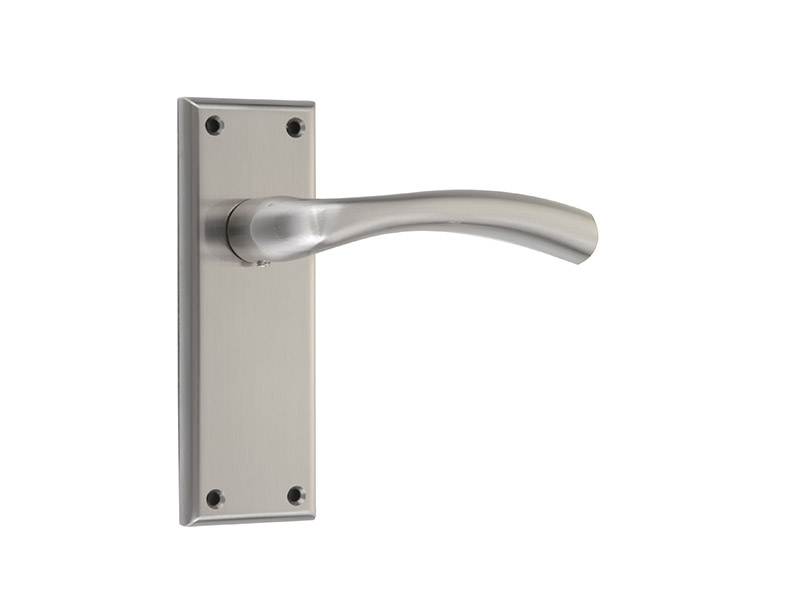

Aluminum alloy die castings must be heat treated when p […]
Aluminum alloy die castings must be heat treated when processed in the factory, and there are many precautions during heat treatment. The first is to control its heating temperature adequately, and the second is to ensure that its heat preservation time is long, and it cannot be cooled too quickly. When dealing with this kind of die-casting parts, we must pay attention to maintaining its dimensions and stability, so that it has a good effect.
Digital electronic products
Annealing heats the aluminum alloy castings to a higher temperature, generally about 300°C. After a certain period of heat preservation, the process of cooling to room temperature with the furnace is called annealing. During the annealing process, the solid solution decomposes and the second phase particles gather, which can eliminate the internal stress of the casting, stabilize the scale of the casting, reduce deformation, and increase the plasticity of the casting.
The solution treatment heats the casting to the highest possible temperature, close to the melting point of the eutectic. It is maintained at this temperature for a long enough time, and then rapidly cooled to dissolve the strengthening component to the maximum limit. This high temperature state is fixed Save to room temperature, this process is called solution treatment.
Solid solution treatment can improve the strength and plasticity of castings and improve the corrosion resistance of the alloy. The role of solution treatment mainly depends on the following three elements.
Keep warm moment. The holding time is determined by the dissolution rate of the strengthening element, which depends on the alloy type, composition, arrangement, casting method, and the shape and wall thickness of the casting. The heat preservation time of cast aluminum alloy is much longer than that of deformed aluminum alloy. It is generally confirmed by experiments that general sand castings extend 20%-25% longer than metal castings of the same type.
Cooling rate. The greater the cooling rate given to the casting during quenching, the higher the degree of supersaturation of the solid solution preserved from the high temperature state, so that the casting can achieve high mechanical functions, but the internal stress formed together is also greater, which may cause the casting to deform. The greater the sex.
The cooling rate can be changed by selecting cooling media with different heat capacity, thermal conductivity, latent heat of evaporation and viscosity. In order to obtain the minimum internal stress, the casting can be cooled in the heating medium (boiling water, hot oil or molten salt).
Solution treatment temperature. The higher the temperature, the faster the dissolution of the strengthening elements and the better the strengthening effect. Generally, the upper limit of the heating temperature is lower than the initial overfiring temperature of the alloy, and the lower limit of the heating temperature should make the strengthening components as much as possible to dissolve into the solid solution.
In order to obtain the best solid solution strengthening effect without the inconvenience of overburning the alloy, sometimes the method of graded heating is used, that is, the temperature is kept at the low melting point eutectic temperature, so that after the components are dispersed and dissolved, the low melting point eutectic does not exist.
then rise to a higher temperature for heat preservation and quenching. During the solution treatment, attention should also be paid to the heating speed not too fast, so as to avoid deformation of the aluminum alloy castings and partial melting of the low-melting point arrangement and over-burning.
The time for the flame transfer of the solution heat treatment should be as short as possible, generally should not exceed 15s, so as to avoid the dispersion of alloying elements and reduce the function of the alloy.
